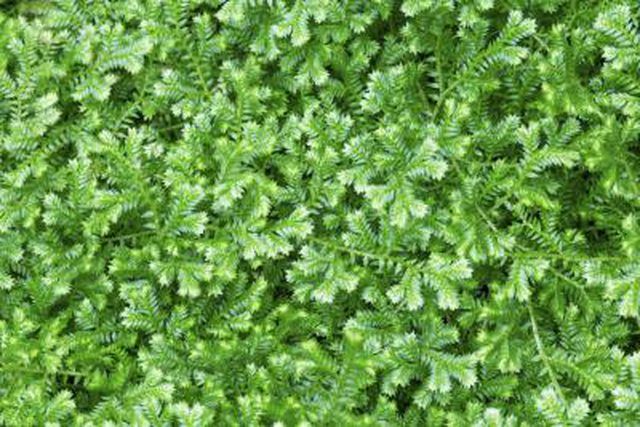Bulbs
Flower Basics
Flower Beds & Specialty Gardens
Flower Garden
Garden Furniture
Garden Gnomes
Garden Seeds
Garden Sheds
Garden Statues
Garden Tools & Supplies
Gardening Basics
Green & Organic
Groundcovers & Vines
Growing Annuals
Growing Basil
Growing Beans
Growing Berries
Growing Blueberries
Growing Cactus
Growing Corn
Growing Cotton
Growing Edibles
Growing Flowers
Growing Garlic
Growing Grapes
Growing Grass
Growing Herbs
Growing Jasmine
Growing Mint
Growing Mushrooms
Orchids
Growing Peanuts
Growing Perennials
Growing Plants
Growing Rosemary
Growing Roses
Growing Strawberries
Growing Sunflowers
Growing Thyme
Growing Tomatoes
Growing Tulips
Growing Vegetables
Herb Basics
Herb Garden
Indoor Growing
Landscaping Basics
Landscaping Patios
Landscaping Plants
Landscaping Shrubs
Landscaping Trees
Landscaping Walks & Pathways
Lawn Basics
Lawn Maintenance
Lawn Mowers
Lawn Ornaments
Lawn Planting
Lawn Tools
Outdoor Growing
Overall Landscape Planning
Pests, Weeds & Problems
Plant Basics
Rock Garden
Rose Garden
Shrubs
Soil
Specialty Gardens
Trees
Vegetable Garden
Yard Maintenance
How to Care for Frosty Fern Plants
How to Care for Frosty Fern Plants. Frosty ferns (Selaginella kraussiana "Variegatus") earned their common name from the subtle cream-colored variegation of their foliage, which lends them a slightly silvery appearance. They usually make an appearance as terrarium plants indoors, but will also thrive in sheltered outdoor areas in U.S....

Frosty ferns (Selaginella kraussiana "Variegatus") earned their common name from the subtle cream-colored variegation of their foliage, which lends them a slightly silvery appearance. They usually make an appearance as terrarium plants indoors, but will also thrive in sheltered outdoor areas in U.S. Department of Agriculture plant hardiness zones 6 through 9. Whether indoors or out, frosty ferns require little upkeep or care.
Keep It Damp
Soil moisture and humidity are equally important when caring for frosty ferns. Low humidity causes browning foliage and unsightly shriveling, while inadequate soil moisture can cause serious stress damage and premature death. Water frosty ferns whenever their soil feels nearly dry on the surface. For potted plants, pour water into the pot until a small amount dribbles from the drainage holes. Plant frosty ferns only in pots with drainage holes. Reduce watering by one-half during the fall and winter. Maintain humidity above 50 percent at all times to keep the foliage looking its best. Mist frosty ferns with distilled or rain water daily, or several times each day during hot, dry weather.
Just a Trim
The dense, 6- to 12-inch-tall foliage of frosty ferns seldom needs routine trimming or pruning. But you should remove faded foliage or unruly growth to keep the plants looking neat. Snip off any undesirable stems using small, sharp scissors. Wipe the blades with rubbing alcohol and rinse them thoroughly before each use to help prevent the spread of disease. Do not shear or prune back frosty ferns too heavily because it may cause trauma and a permanent change in shape and appearance.
Nutrient Needs
Frosty ferns are light feeders and do not require fertilizer if planted in acidic, organically rich soil. Older plants may benefit from light weekly fertilizer applications during the active growing season to promote more vigorous growth. Too much fertilizer can harm frosty ferns, so you'll need to use a weak solution avoid root burn. Use a liquid 10-10-10 or 12-12-12 houseplant fertilizer diluted at a rate of 1/4 teaspoon per 1 quart of water, or one-fourth of the rate recommended on the label. Apply the solution to moist soil each week during the spring and summer. Don't pour the fertilizer solution directly onto the plant and stop feeding if the frosty fern yellows or shows other signs of stress.
Potential Problems
Frosty ferns suffer few problems. Insect pests and disease issues are rare and those that occur are seldom serious. The most common and pervasive issues with frosty ferns occur when their growing conditions are poor or if they are exposed to a sudden change in humidity, temperature or sun. Yellow, dried-out or limp foliage indicate sunburn, dry soil or dry air. Move affected plants to deeper shade and water them deeply with distilled water. Most frosty ferns perk up when given water but their growth may slow as their roots recover.